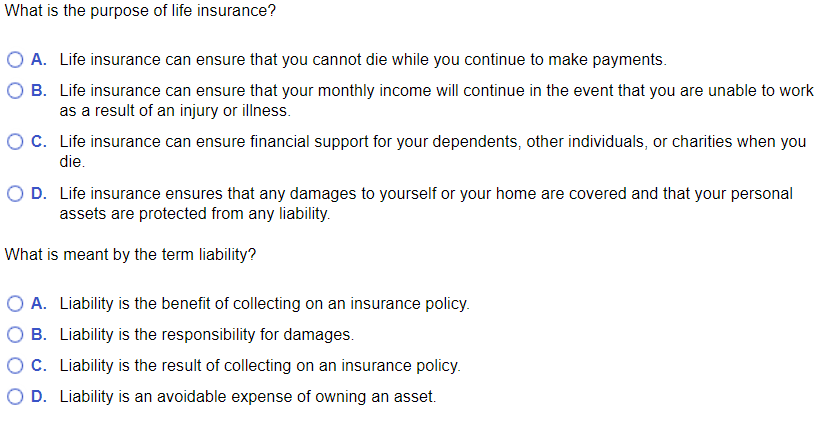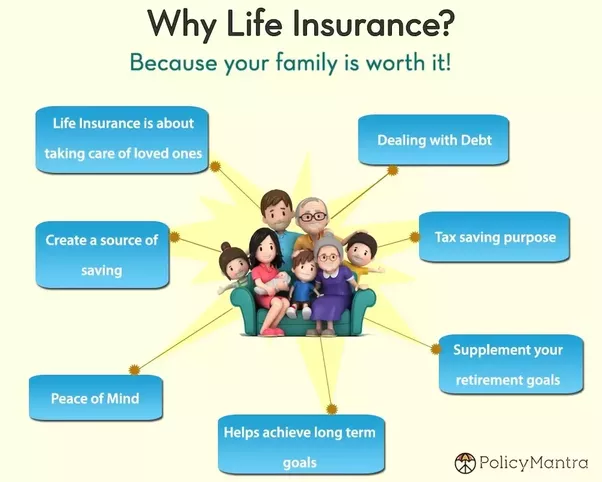Pacific Prime Things To Know Before You Get This
Pacific Prime Things To Know Before You Get This
Blog Article
Fascination About Pacific Prime
Table of ContentsHow Pacific Prime can Save You Time, Stress, and Money.Little Known Facts About Pacific Prime.How Pacific Prime can Save You Time, Stress, and Money.The 10-Minute Rule for Pacific PrimeThe Of Pacific Prime

This is because the data were gathered for a duration of strong economic performance. Of the estimated 42 million individuals that were without insurance, almost about 420,000 (regarding 1 percent) were under 65 years old, the age at which most Americans become qualified for Medicare; 32 million were grownups between ages 18 and 65, around 19 percent of all grownups in this age; and 10 million were youngsters under 18 years of age, concerning 13.9 percent of all youngsters (Mills, 2000).
These estimates of the variety of individuals without insurance are generated from the annual March Supplement to the Existing Populace Study (CPS), carried out by the Demographics Bureau. Unless or else noted, nationwide price quotes of individuals without medical insurance and proportions of the population with different type of insurance coverage are based on the CPS, the most commonly utilized resource of price quotes of insurance policy coverage and uninsurance prices.
The smart Trick of Pacific Prime That Nobody is Discussing

Still, the CPS is particularly beneficial since it generates yearly price quotes reasonably promptly, reporting the previous year's insurance policy coverage estimates each September, and because it is the basis for a consistent collection of quotes for greater than twenty years, permitting evaluation of fads in protection in time. For these reasons, in addition to the considerable use the CPS in other studies of insurance coverage that are offered in this record, we rely on CPS quotes, with constraints noted.

The estimate of the variety of uninsured individuals expands when a populace's insurance policy status is tracked for several years. Over a three-year duration beginning early in 1993, 72 million individuals, 29 percent of the U.S. https://pacificpr1me.wordpress.com/2024/04/03/pacific-prime-your-gateway-to-comprehensive-international-health-insurance-solutions/. population, were without coverage for a minimum of one month. Within a single year (1994 ), 53 million people experienced a minimum of a month without insurance coverage (Bennefield, 1998a)
6 out of every ten uninsured adults are themselves employed. Although functioning does enhance the probability that one and one's relative will have insurance coverage, it is not an assurance. Even members of family members with 2 full time wage earners have almost a one-in-ten opportunity of being uninsured (9.1 percent uninsured price) (Hoffman and Pohl, 2000).
Pacific Prime for Dummies
New immigrants represent a significant proportion of individuals without medical insurance. One analysis has attributed a considerable portion of the recent development in the dimension of the united state without insurance populace to immigrants who arrived in the nation between 1994 and 1998 (Camarota and Edwards, 2000). Recent immigrants (those that came to the United States within the previous 4 years) do have a high rate of being uninsured (46 percent), however they and their youngsters account for simply 6 percent of those without insurance country wide (Holahan et al., 2001).
The partnership between medical insurance and access to care is well established, as documented later in this chapter. Although the partnership between health insurance coverage and health and wellness results is neither direct nor basic, an extensive scientific and wellness solutions research study literature links health and wellness insurance protection to better accessibility to care, far better top quality, and improved personal and population health status.
Levels of analysis for examining the impacts of uninsurance. It concentrates particularly on those without any kind of wellness insurance coverage for any kind of size of time.
Some Known Factual Statements About Pacific Prime
The problems faced by the underinsured are in some areas comparable to those dealt with by the uninsured, although they are usually much less serious. Health insurance coverage, nevertheless, is neither necessary nor enough to get access to clinical solutions. The independent and straight impact of wellness insurance policy coverage on accessibility to wellness solutions is well developed.
Others will obtain the wellness care they require even without medical insurance, by spending for it out of pocket or seeking it from providers that use care free or at extremely subsidized prices. For still others, health and wellness insurance alone does not make certain receipt of treatment due to various other nonfinancial obstacles, such as a lack of healthcare carriers in their neighborhood, restricted accessibility to transportation, illiteracy, or etymological and cultural distinctions.
Not known Details About Pacific Prime
Formal other research study about uninsured populaces in the USA dates to the late 1920s and very early 1930s when the Committee on the Price of Medical Treatment created a collection of records concerning funding doctor workplace check outs and hospital stays. This issue became salient as the numbers of clinically indigent climbed up throughout the Great Clinical depression.
Report this page